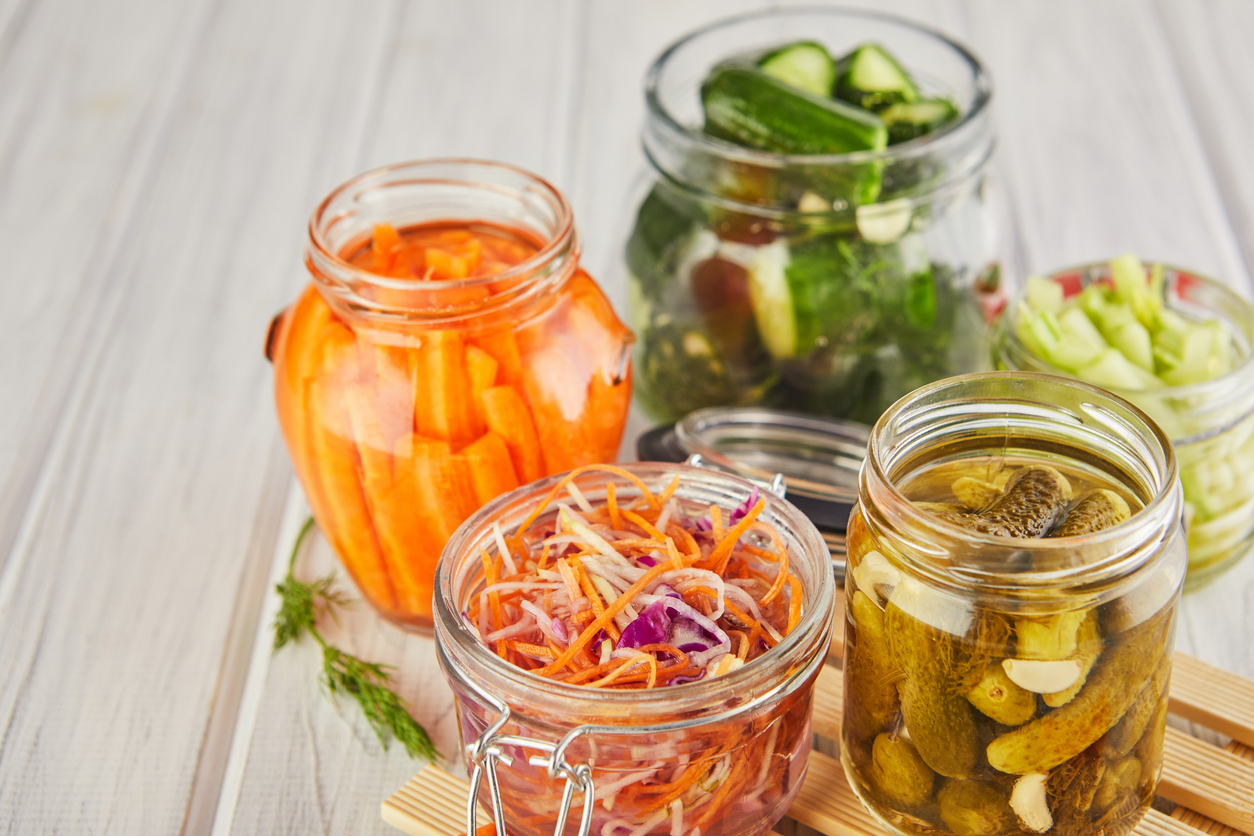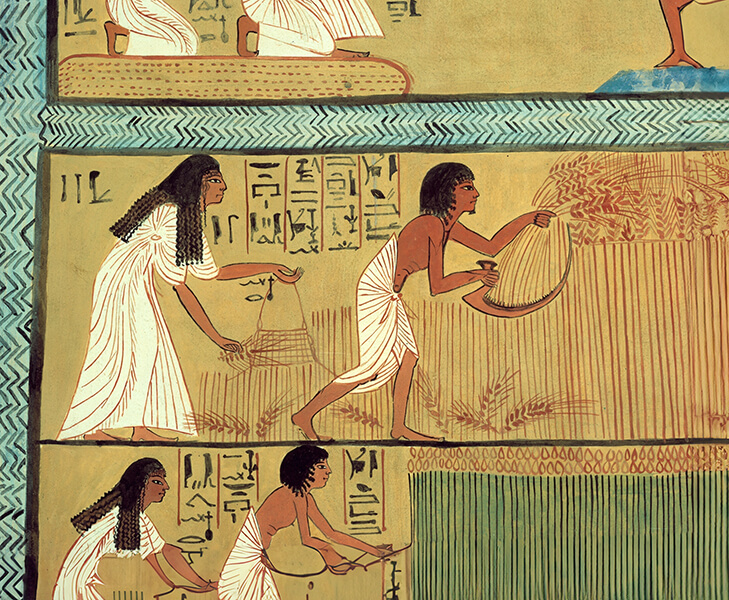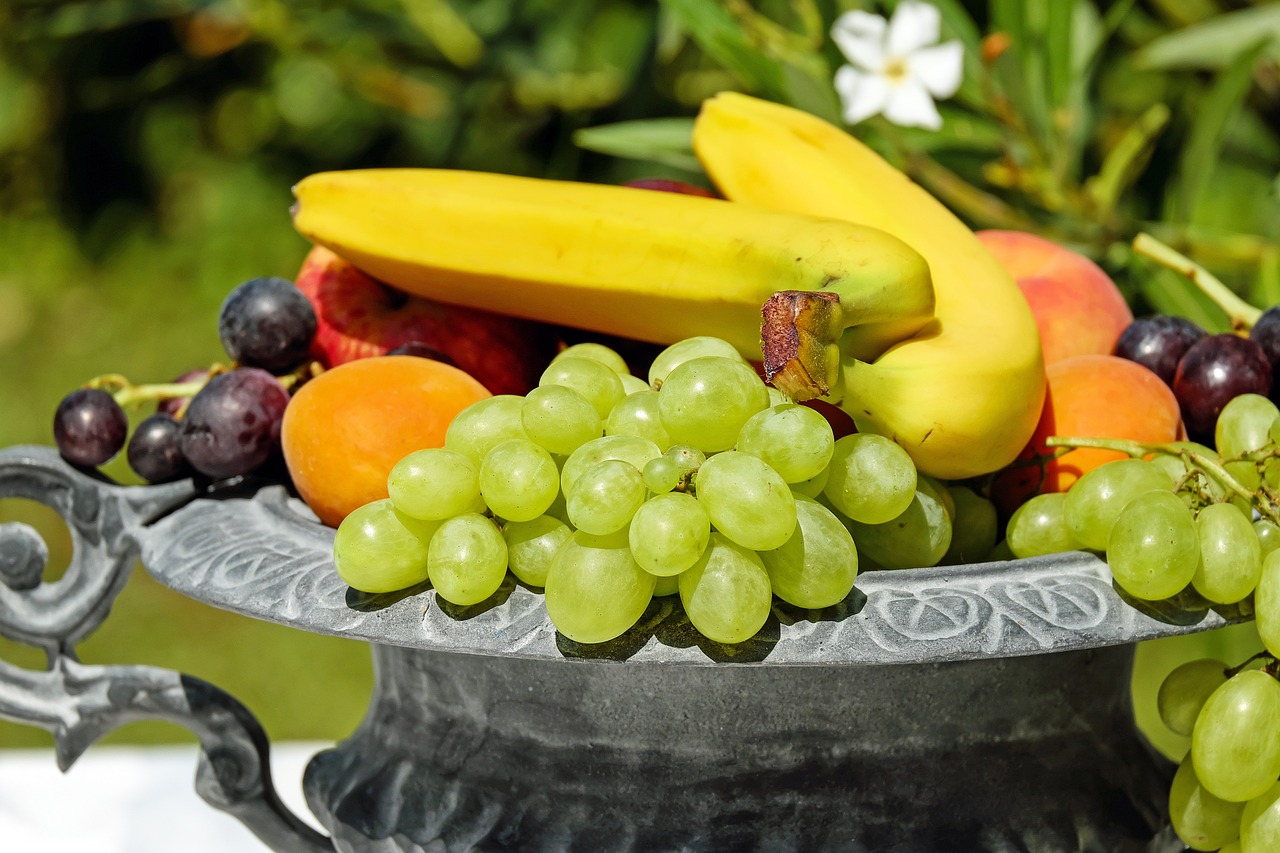A Garden Plot: The Tale of Peter Rabbit
Students identify foods grown in a garden, observe various types of seed, and grow their own "milk jug" garden. Students listen to the Tale of Peter Rabbit, by Beatrix Potter and investigate produce that is grown in gardens or on farms.


